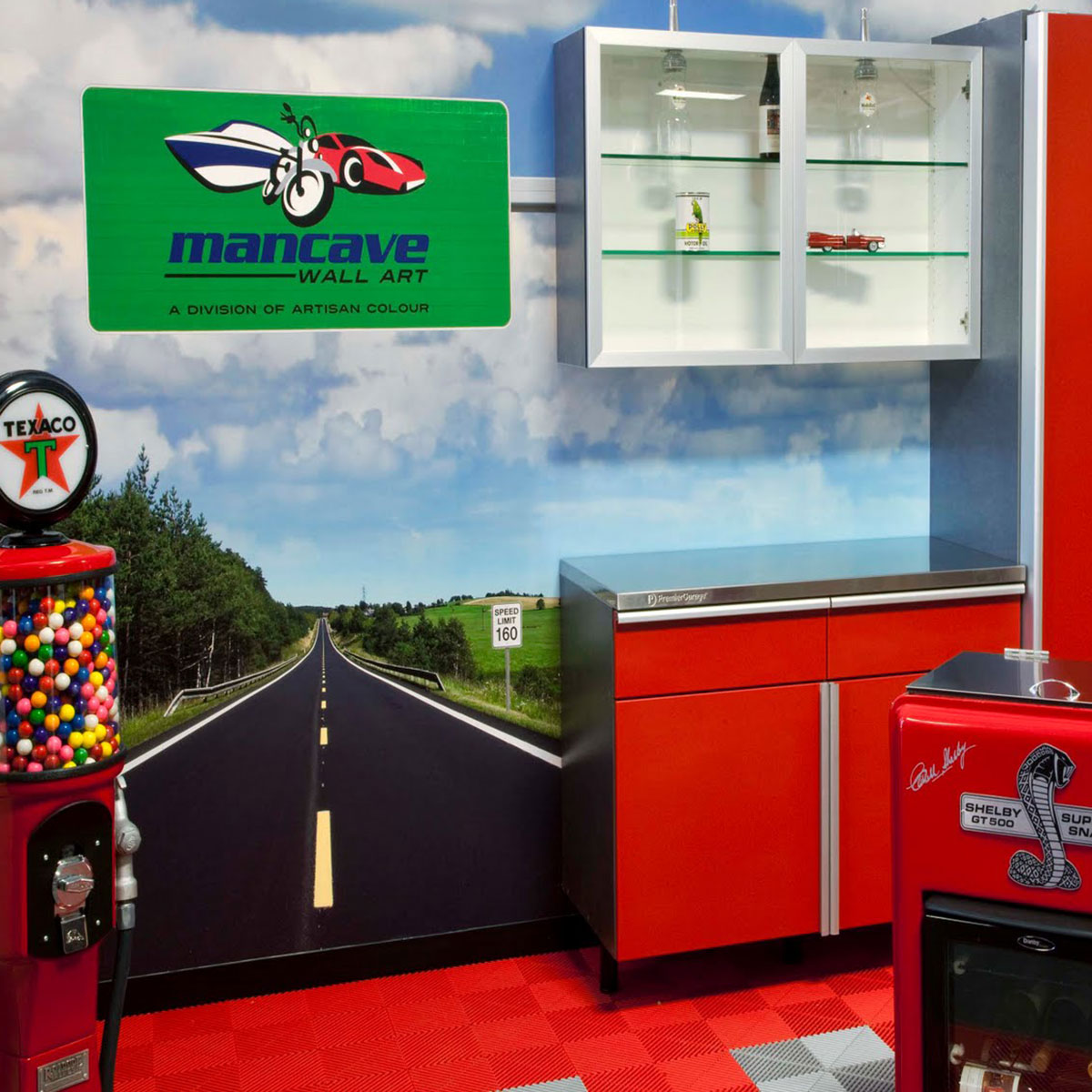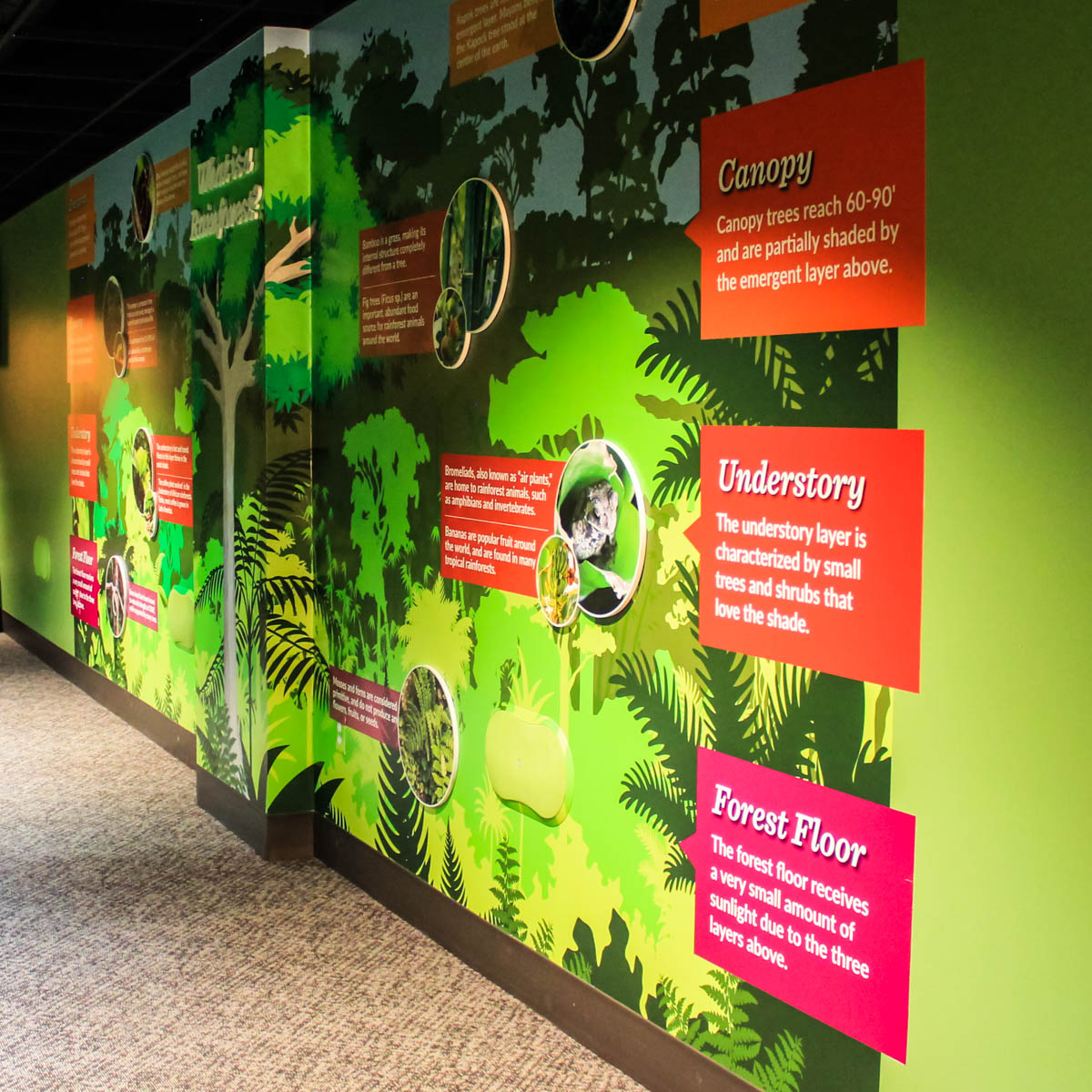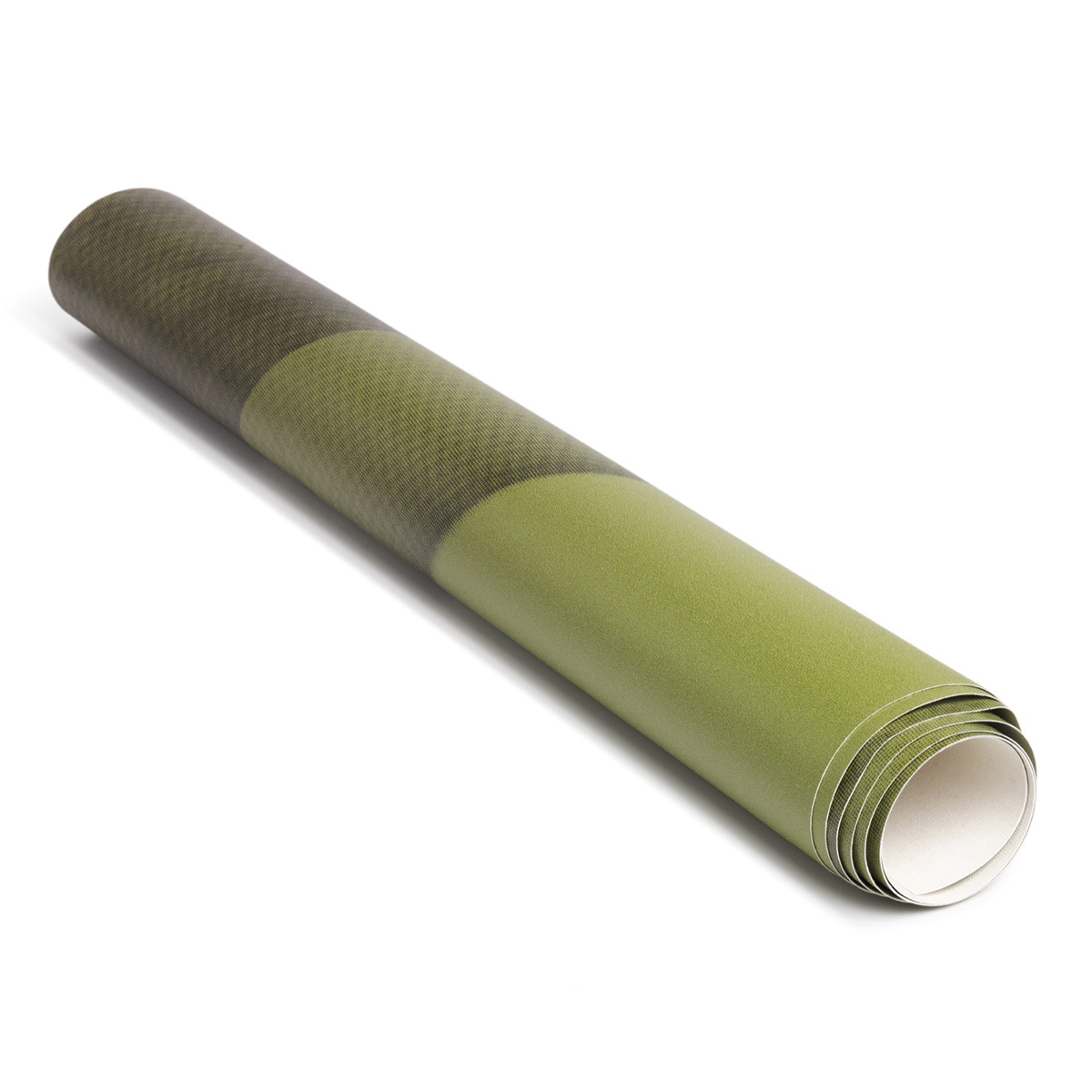When deciding on wall coverings, interior designers have two different choices: vinyl wallpaper and traditional wallpaper. The option they select depends on both the practical and aesthetic needs of a room. Vinyl and traditional wallpaper differ in four key ways: material used, finished appearance, long-term durability, installation methods, and total cost.
Material
The biggest difference between these two types of wallpaper is the material they are made out of. Because it uses natural fibers, paper wallpaper has been around for centuries (traced back to the 16th century) and it’s only with relatively recent advances in material science that materials like vinyl have become a preferred option.
Vinyl Wallpaper: Vinyl, also known as polyvinyl chloride (PVC) is a strong synthetic material that is naturally water, scratch, and fade resistant. Smooth to the touch, vinyl is a great alternative to traditional wallpaper.
Traditional Wallpaper: A heavy-duty paper or paper composite that includes natural fibers (such as fabrics or grasscloth). Due to this, textures can also be added to the wallpaper if desired.
Which is better?
It depends on your intended use and the planned lifespan of your wallpaper. Vinyl as a material has several advantages over paper but may not be right for every application.
Finished Appearance
With either choice, you’ll be able to get a range of finishes that suit your needs. While vinyl is often glossier and traditional paper is matte, you can choose options that increase or decrease the glossiness depending on the look you’re going for.
Vinyl Wallpaper: Vinyl as a material can be glossy or semi-glossy due to the synthetic fibers’ reflectiveness. This makes it great at mimicking various textures and patterns (such as wood grain or stone). It should also be noted a more matte finish is also possible with vinyl should you want a flat appearance.
Traditional Wallpaper: Wallpaper usually has a matte or satin finish with a wide range of textures available to choose from, however, it’s possible to purchase wallpaper that has a semi-glossy appearance.
Which is better?
This is a subjective choice for interior designers with some choosing a glossier or more matte option based on their taste.
Long-term Durability
The importance of durability will vary with the application and planned lifespan of the wall covering, however, vinyl is naturally much more durable than a paper-based option.
Vinyl Wallpaper: The most durable of the two options, vinyl wallpaper is stain-resistant, resists moisture damage, and is scratch-resistant making it better for high-traffic areas or rooms that can be subject to high humidity (like bathrooms or kitchens).
Traditional Wallpaper: Paper-based wallpapers are more susceptible to water damage, staining, and abrasion damage making it better for lower-traffic places like bedrooms or living rooms.
Which is better?
Vinyl is vastly more durable and lasts longer than paper. So if durability is your primary concern, you should always choose vinyl or paper wallpaper.
Installation Methods
The installation process is approximately the same with the caveat that they each have aspects that can make them easier or harder to install. Both vinyl and traditional wallpaper can come with self-adhesive options.
Vinyl Wallpaper: Installed just like traditional wallpaper (with paste or self-adhesive) but using a specially designed paste that securely adheres the vinyl to the wall. It should be noted that because vinyl wallpaper is thicker it can be a little more challenging to work with throughout the installation.
Traditional Wallpaper: Add paste to the back of the wallpaper or expose the self-adhesive backing and position it onto the wall. Because it’s paper-based it’s easier to work with but is also more prone to accidental pokes and scrapes as you’re working with it.
Which is better?
Paper-based wallpaper is seen as slightly easier to install because it’s more lightweight and therefore easier to handle. It should be noted that no special skills are required for vinyl wallpaper installation so the added difficulty shouldn’t be a major factor.
Cost
Your cost will depend on the total square footage and what’s printed on your wallpaper. Vinyl wallpaper is more likely to have custom-printed images on it while traditional wallpaper has a variety of preselected patterns and textures.
Vinyl Wallpaper: Vinyl is more expensive per square foot than paper-based wallpaper. However, due to its long-term durability, vinyl wallpaper can also be seen as more cost-effective over the course of time.
Traditional Wallpaper: The most cost-conscious way to cover a wall, traditional wallpaper is slightly cheaper per square foot but provides none of the advantages of vinyl.
Which is better?
Paper-based wallpaper is definitively cheaper. That said, vinyl’s customization options and long-term durability should factor into your cost-to-benefit ratio as an interior designer.
Does ArtisanHD Sell Both Vinyl and Traditional Wallpaper?
Yes! ArtisanHD offers custom self-adhesive vinyl wallpaper and traditional commercial wallpaper. Show off your favorite memories, and make your space entirely personalized.
Create a larger-than-life design, mural, or business branding. Or, complete your mancave, fan cave, bedrooms, or even the garage with ArtisanHD’s high-definition custom wallpaper.
We also offer traditional, commercially-rated wallpaper. Traditional wallpaper is applied with brushes and paste. Wallpaper comes rolled, ready for hanging. We do recommend hiring a professional for this type of installation.
Check out our Custom Wallpaper Product Page for more information.




